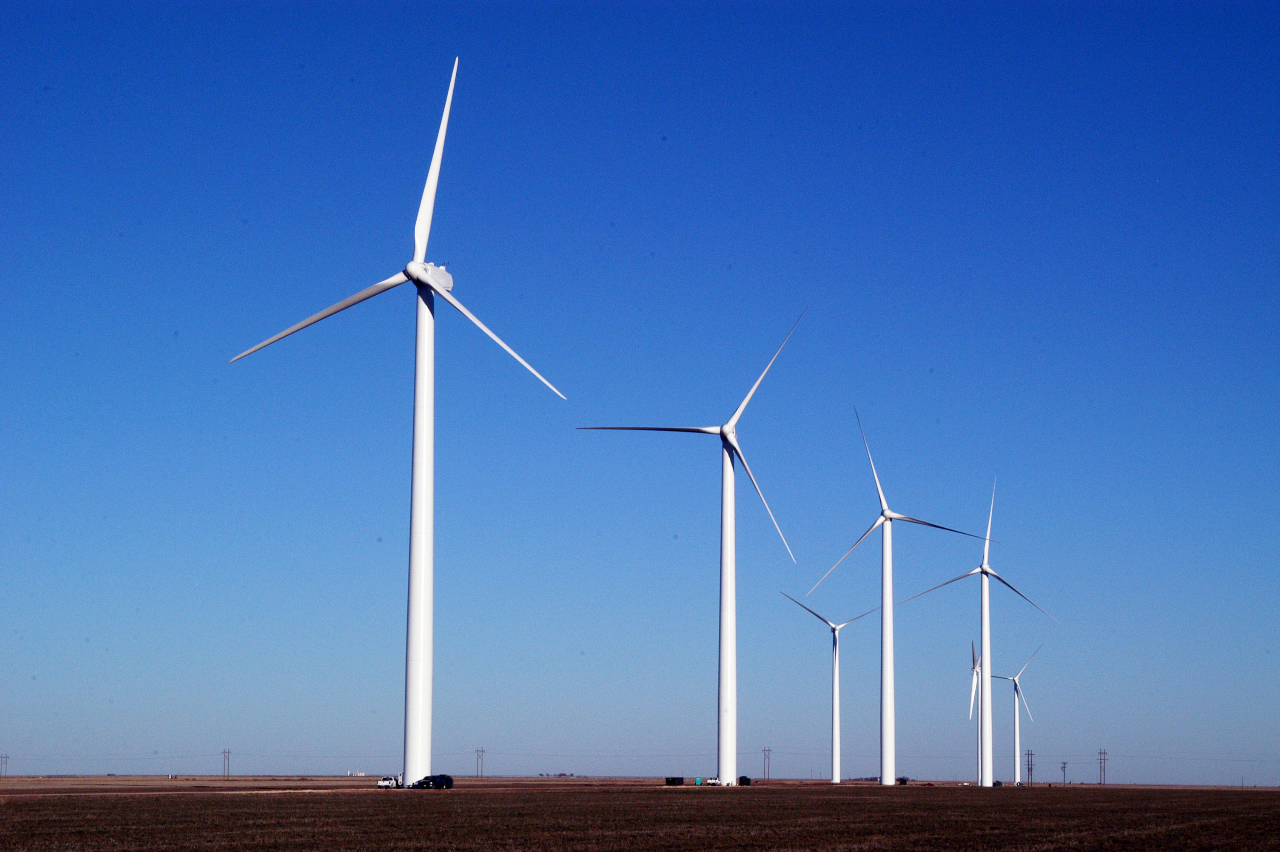Windmills may sound like a great way to meet the United States' energy needs. After all, the wind is free, and windmills don't produce "greenhouse gases."
But when you start looking at the fine print, you realize that while the wind may be free, large-scale wind power projects have huge costs that can make them highly impractical.
Over in Britain, there is talk of spending the equivalent of $163 billion on wind energy projects, in part to reduce greenhouse gas emissions.
But besides that massive price tag, there is another problem with Britain's wind energy plan: Wind is unpredictable. When there is little or no wind blowing, you need some kind of backup energy or there will be power disruptions.
So, Britain is looking at shelling out an additional $16 billion to build more than a dozen power plants that run on natural gas. Those plants would provide backup energy when the wind isn't blowing.
Power companies involved in the project pointed out to government officials that the gas-fired plants will have to be kept running even when they aren't needed, in order to provide uninterrupted power when the wind dies down. And that process releases a lot of greenhouse gases anyway, sharply reducing any environmental benefit of the windmills.
So Britain wants to spend untold billions on windmills that may not wind up helping the environment very much.
As a columnist for The Telegraph newspaper in London wrote, "The policy on which our national energy strategy is now centered is a ludicrously expensive, self-defeating joke, which will achieve no benefits whatever ... ."
Wind power projects are also incredibly expensive in the United States, though their true costs are often hidden behind heavy government subsidies that make them appear economical.
Subsidies - whether to alternative or traditional energy sources - should be ended, and energy producers should have to compete for customers on a level playing field.
